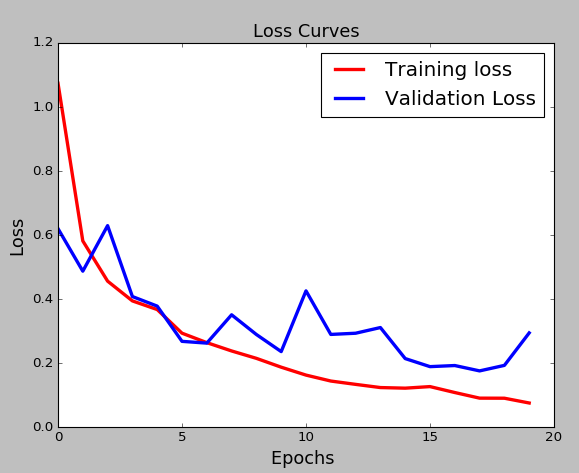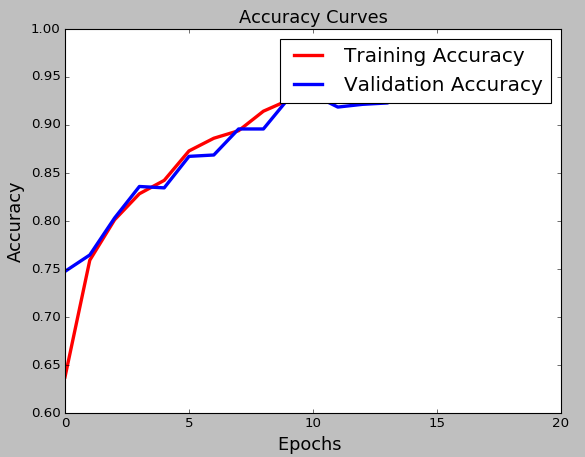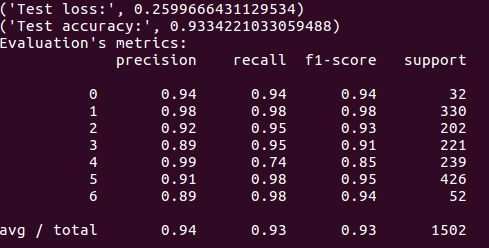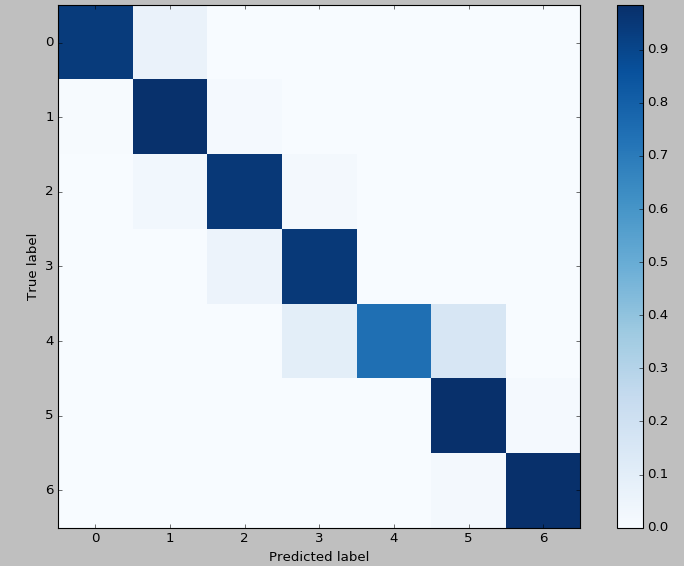Robotics URJC

Personal webpage for TFM Students.
View the Project on GitHub RoboticsLabURJC/2017-tfm-vanessa-fernandez
Week 10: Adding new class, Classification network
Adding new class
The files data.json, train.json and test.json have been modified to add a new classification that divides the angles of rotation into 7 classes. The classes are the following:
radically_right: if the rotation's angle is w <= -1. moderately_right: if the rotation's angle is -1 < w <= -0.5. slightly_right: if the rotation's angle is -0.5 < w <= -0.1. slight: if the rotation's angle is -0.1 < w < 0.1. slightly_left: if the rotation's angle is 0.1 <= w < 0.5. moderately_left: if the rotation's angle is 0.5 <= w < 1. radically_left: if the rotation's angle is w >= 1.
Multiclass classification network
I’ve followed this blog/ as example to make the classification network. In this case I have trained a model with the 7 classes mentioned above.
The CNN architecture I am using is SmallerVGGNet, a simplified version of VGGNet. The VGGNet model was first introduced by Simonyan and Zisserman in their 2014 paper, Very Deep Convolutional Networks for Large Scale Image Recognition. In this case we keep an image of the model with plot_model to see the architecture of the network. The model (classification_model.py) is as follows:

After training the network, we save the model (models/model_smaller_vgg_7classes_w.h5) and evaluate the model with the validation set:

We also show the graphs of loss and accuracy for training and validation according to the epochs:


In addition, we evaluate the accuracy, precision, recall, F1-score and we paint the confusion matrix. The results are the following:

